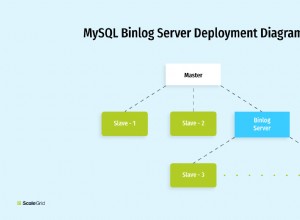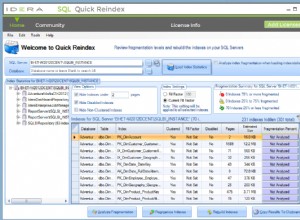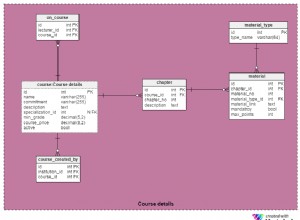Puoi usare la seguente funzione e chiamarla come format_interval(time() - $saved_timestamp) , dove $saved_timestamp è il timestamp dell'"evento" che ti interessa. (Il codice seguente è concesso in licenza sotto GNU General Public License v2 o successive .)
function format_interval($interval, $granularity = 2) {
$units = array('1 year|@count years' => 31536000, '1 week|@count weeks' => 604800, '1 day|@count days' => 86400, '1 hour|@count hours' => 3600, '1 min|@count min' => 60, '1 sec|@count sec' => 1);
$output = '';
foreach ($units as $key => $value) {
$key = explode('|', $key);
if ($interval >= $value) {
$floor = floor($interval / $value);
$output .= ($output ? ' ' : '') . ($floor == 1 ? $key[0] : str_replace('@count', $floor, $key[1]));
$interval %= $value;
$granularity--;
}
if ($granularity == 0) {
break;
}
}
return $output ? $output : '0 sec';
}
$granularity è il numero di diverse unità da mostrare. Ad esempio, format_interval(32745600) restituirebbe "1 year 2 weeks" .
Il codice che sto mostrando è una versione ridotta di format_interval()
fornito con Drupal 7, che è un codice distribuito sotto GNU General Licenza pubblica v2 o successiva
licenza. (Vedi anche COPYRIGHT.txt
)
Ho rimosso la parte molto specifica di Drupal e ho lasciato il codice che utilizza semplici funzioni PHP.




